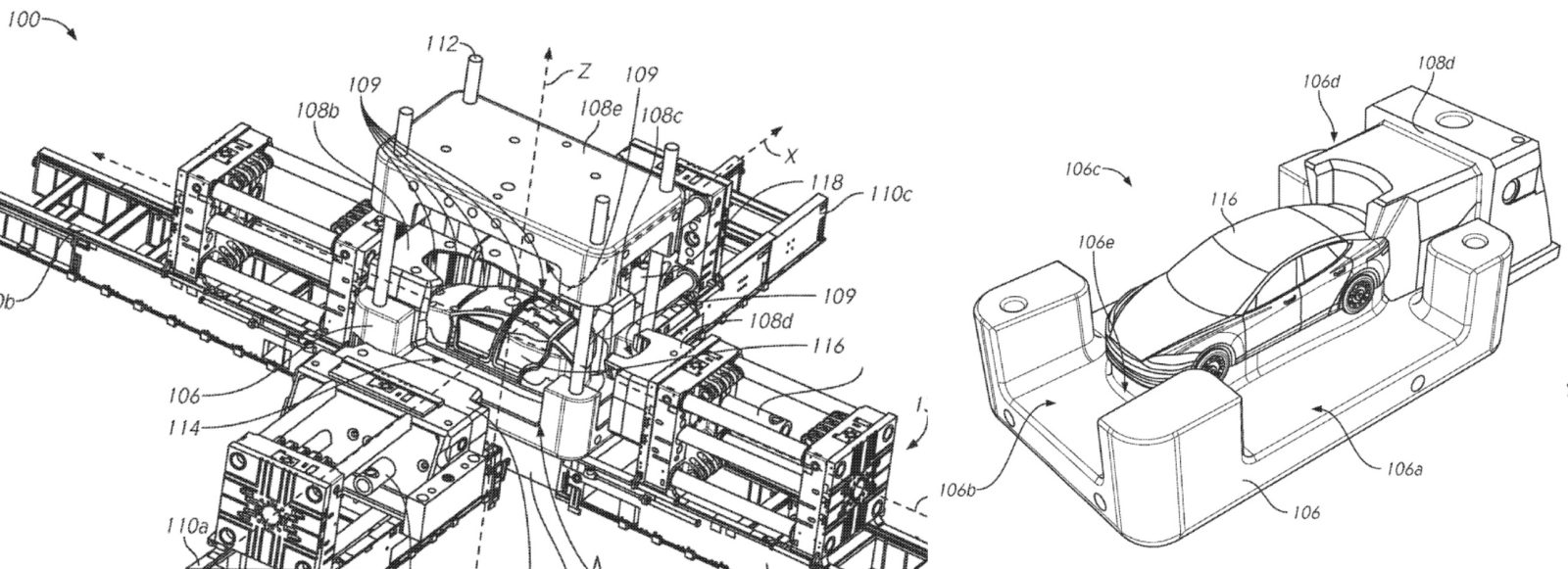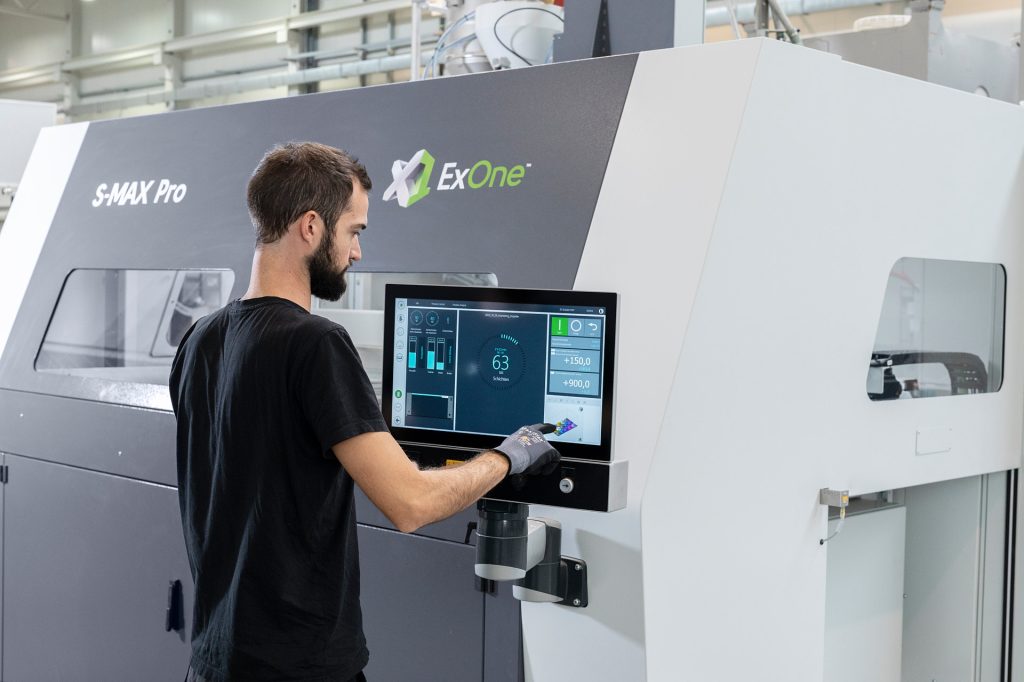
Tesla has achieved a breakthrough in making Hot Wheels-like single-piece car casting a reality, according to a new insider report.
In recent years, Tesla has heavily invested in large casting technology to produce vehicle bodies in just a couple of large parts rather than hundreds.
The automaker now operates several of the world’s largest casting machines, which it often refers to as “Gigapress.”
CEO Elon Musk has often referenced how he has been inspired by Hot Wheels toy cars being made in a single cast piece and hinted that he would like Tesla cars to eventually be made like that.
However, Tesla has already pushed the limits of casting technology to be able to produce the rear and front casting on Model Y and had a new 9,000-ton press made to produce Cybertruck parts.
But now a new report claims that Tesla has achieved “a series of innovations to make a technological breakthrough” to “die cast nearly all the complex underbody of an EV in one piece.”
The report is coming from Reuters based on “five people familiar with the move”:
The five people said a single large frame – combining the front and rear sections with the middle underbody where the battery is housed – could be used in Tesla’s small EV which it aims to launch with a price tag of $25,000 by the middle of the decade.
However, the report claims that Tesla has not yet decided to use the new technology for its next-generation vehicle, but it could make a decision as soon as this month.
Reuters claims that one of the innovations involves using 3D printing and industrial sand to create the molds for casting, which can cut the cost and time it takes to make inevitable modifications to the molds:
To overcome the obstacles, Tesla turned to firms that make test molds out of industrial sand with 3D printers. Using a digital design file, printers known as binder jets deposit a liquid binding agent onto a thin layer of sand and gradually build a mold, layer by layer, that can die cast molten alloys.
The report mentions Tesla using Desktop Metall’s ExOne machine.

Another innovation is through material science. The report states that Tesla faced issues with having an alloy that works both with the 3D-printing process of the mold and the performance and safety requirements for a car, but the company has made progress:
The casting specialists overcame that by formulating special alloys, fine-tuning the molten alloy cooling process, and also coming up with an after-production heat treatment, three of the sources said. And once Tesla is happy with the prototype mold, it can then invest in a final metal one for mass production.
Tesla has a strong material science team that it shares with SpaceX, and it has already designed several new alloys used by the two companies.
Finally, the report also mentions that Tesla hasn’t finalized plans for a new bigger Gigapress needed to build those large single unibodies.
Electrek’s Take
Tesla fans like to criticize Reuters for publishing misleading negative reports about Tesla, and there’s definitely validity to the criticism, as we highlighted in a recent report.
However, in this case, Reuters published a very detailed report that makes sense based on Tesla’s plans.
We know that Tesla has been working on such a technology since before the Model Y came to market, and Elon Musk briefly pushed for more innovation in the electric crossover’s platform before backtracking a bit in favor of bringing it to market faster.
Tesla had an interesting patent on that technology back in 2019.
I still think this should be taken with a grain of salt, but I wouldn’t be surprised if it turns out to be true.
FTC: We use income earning auto affiliate links. More.